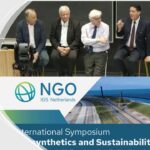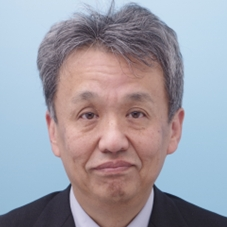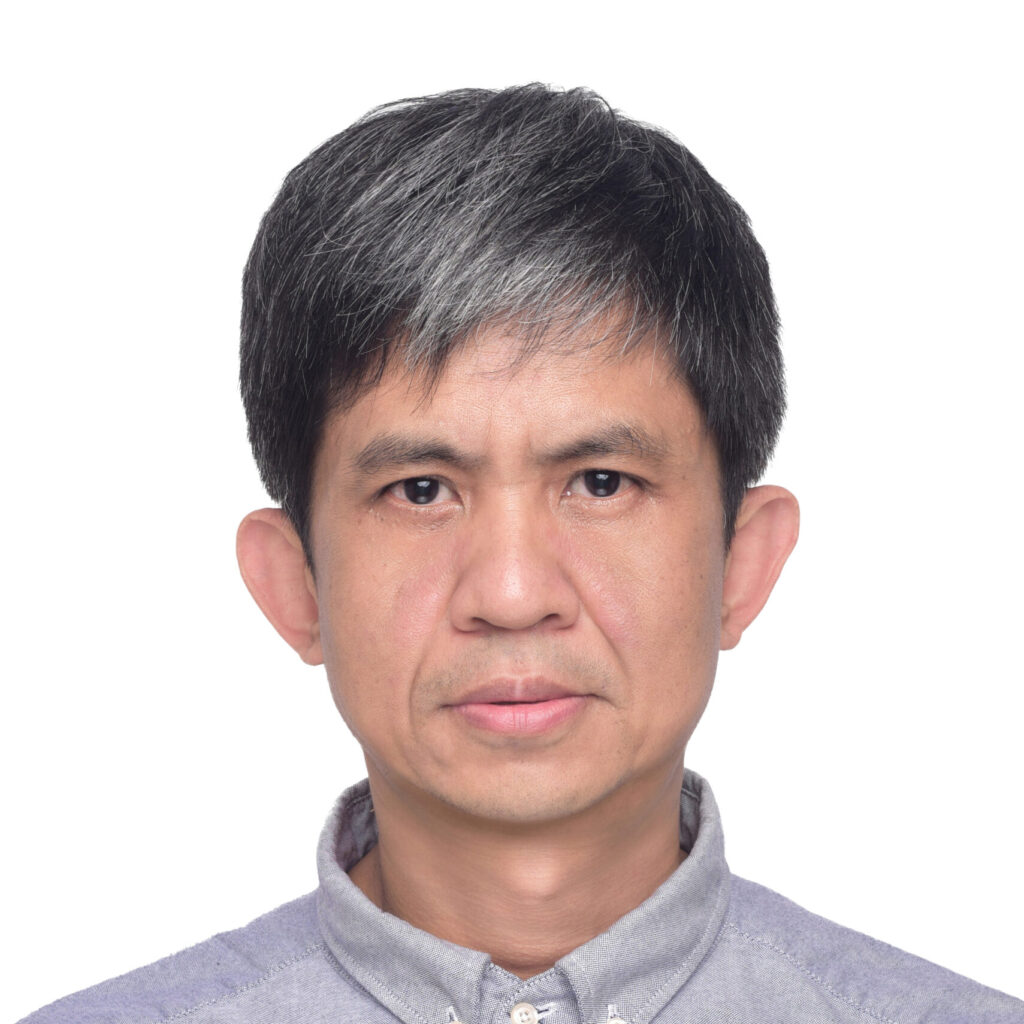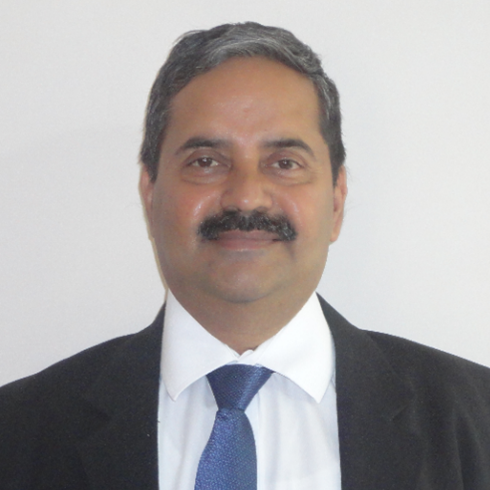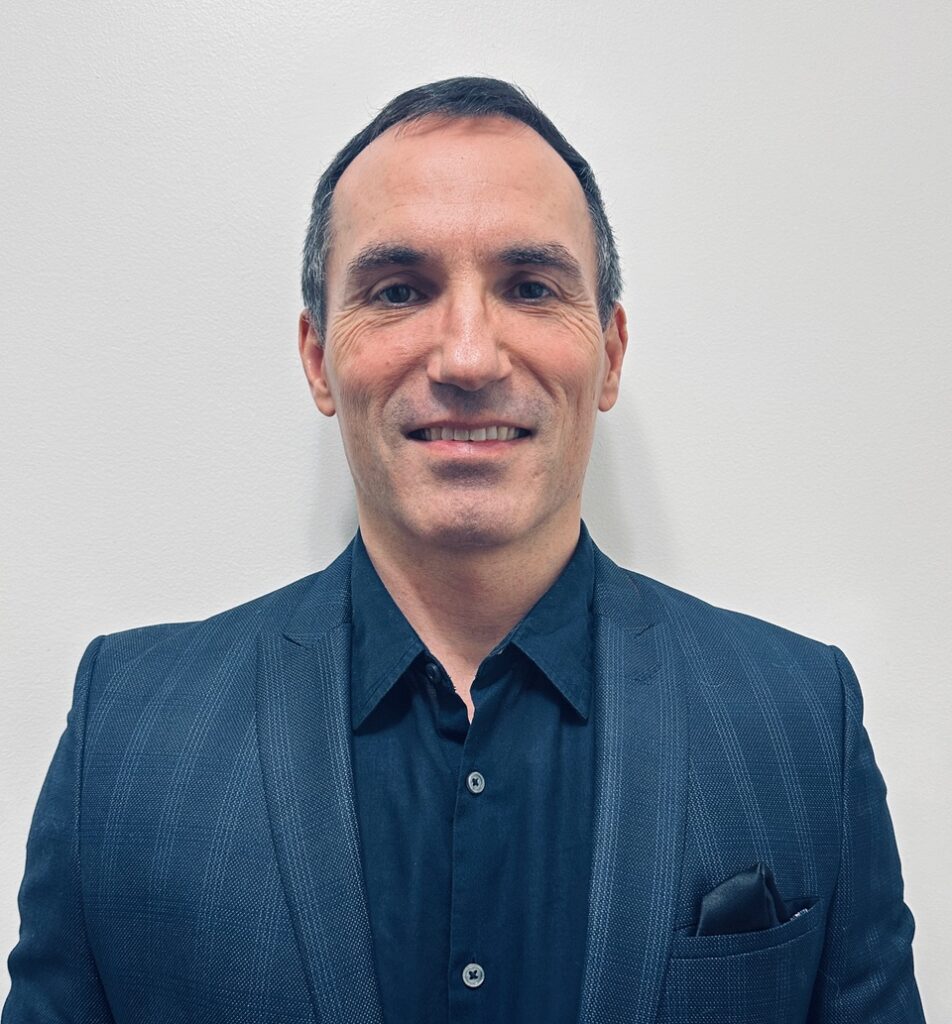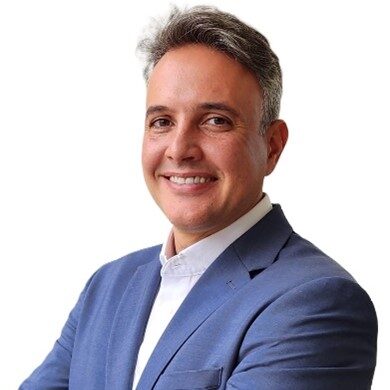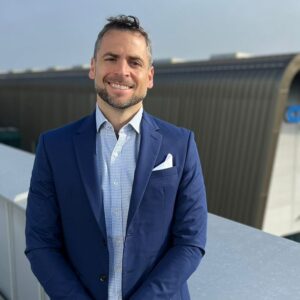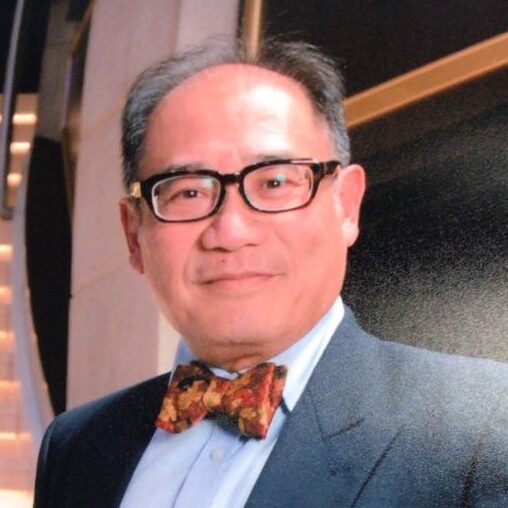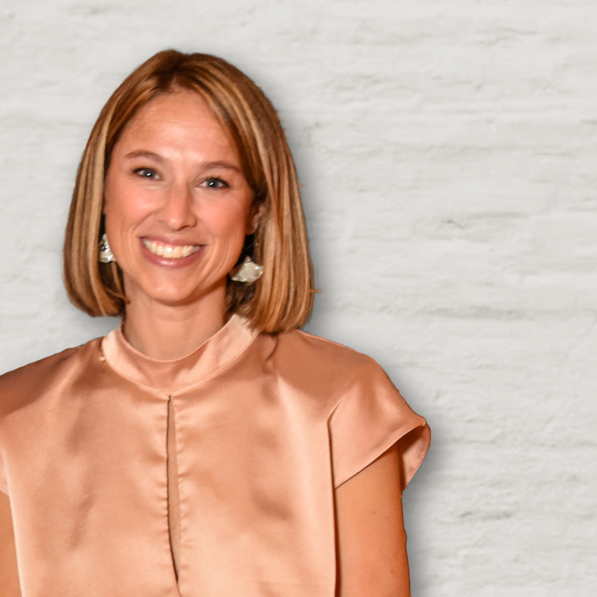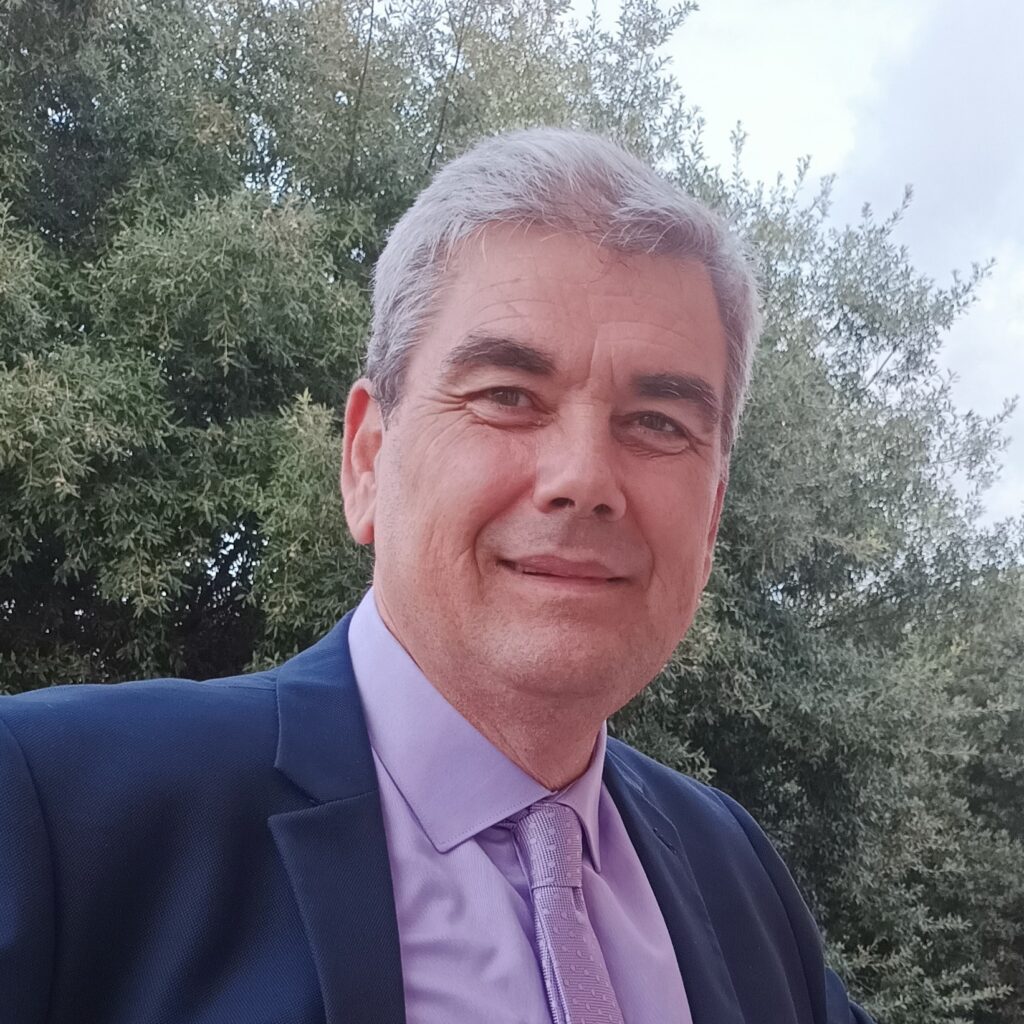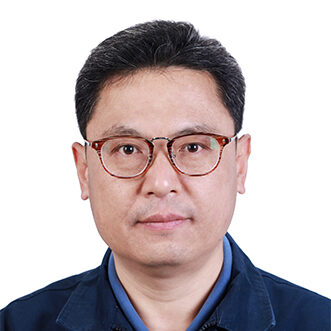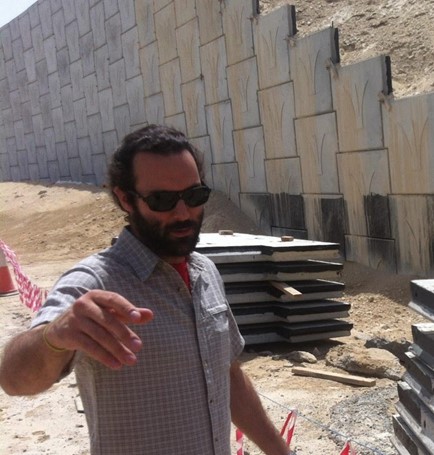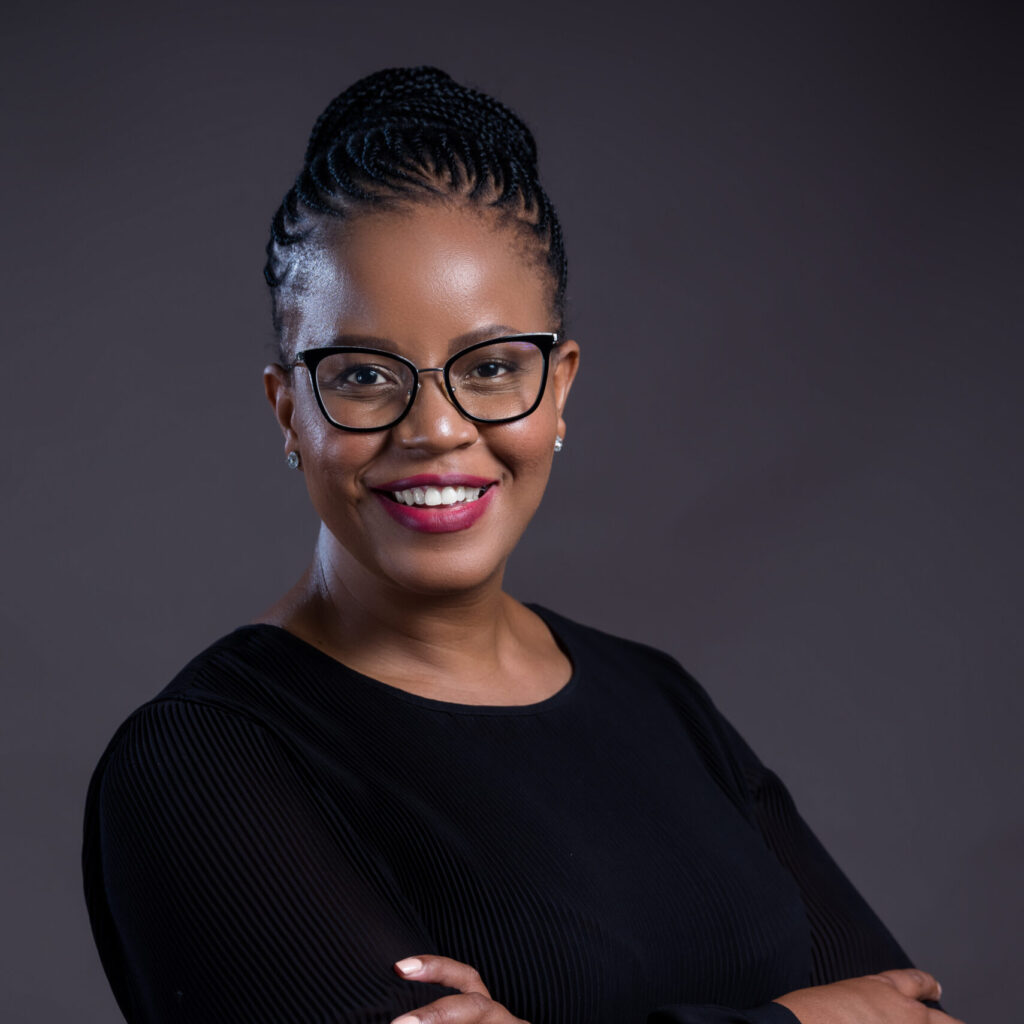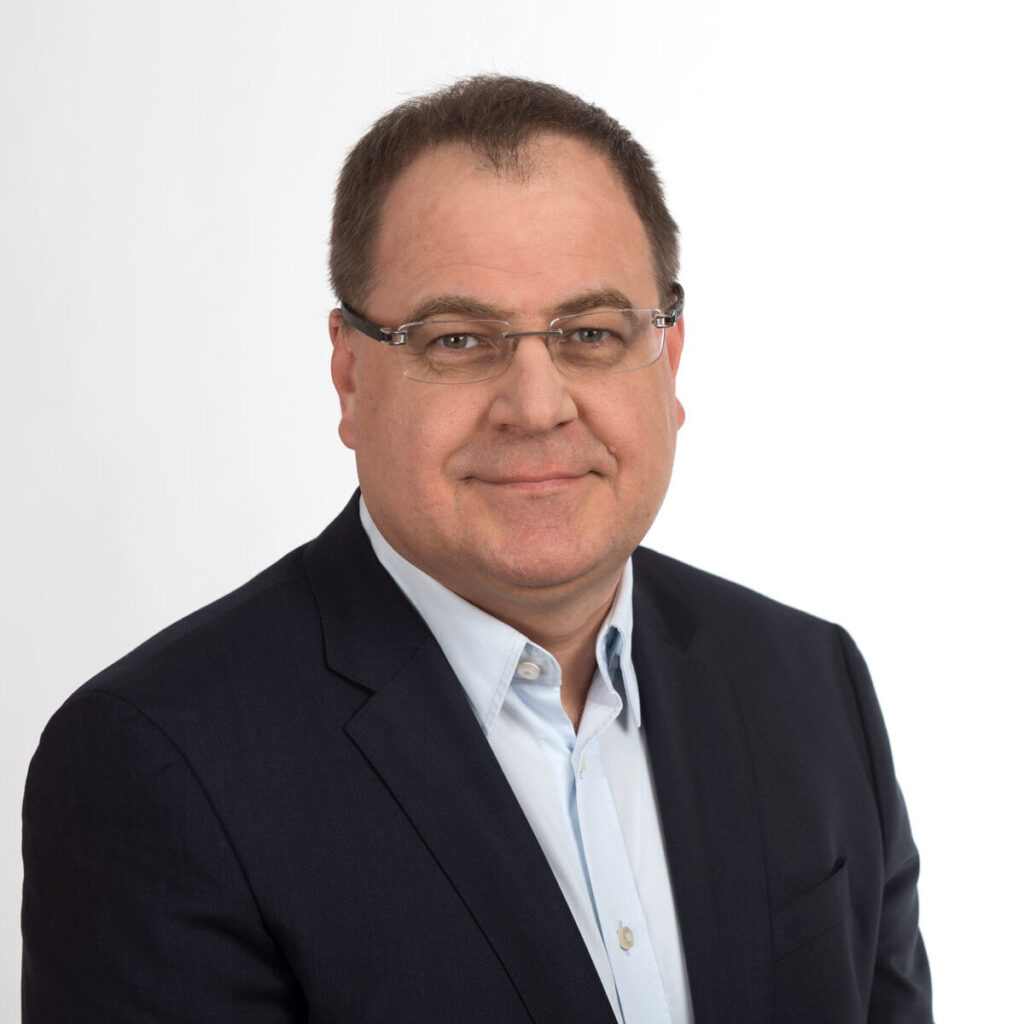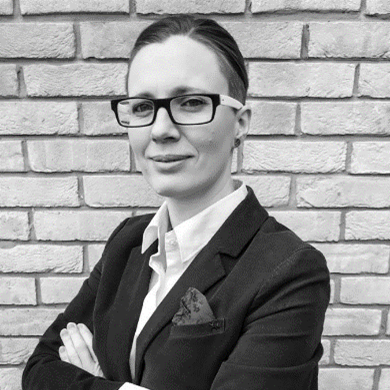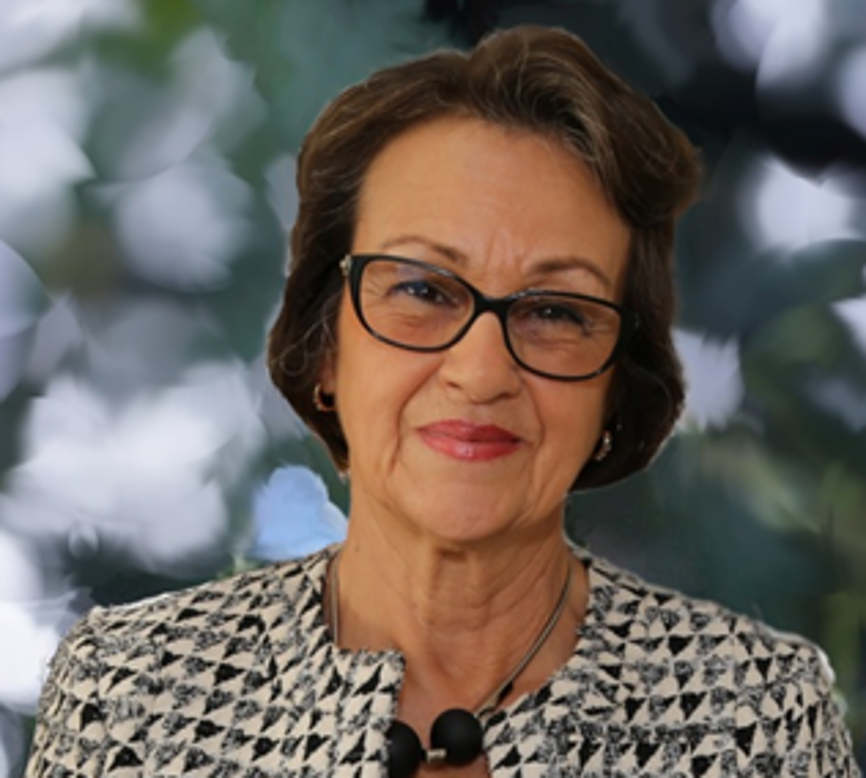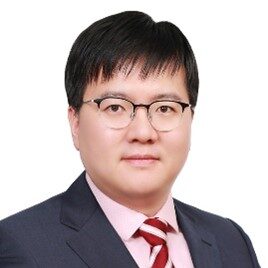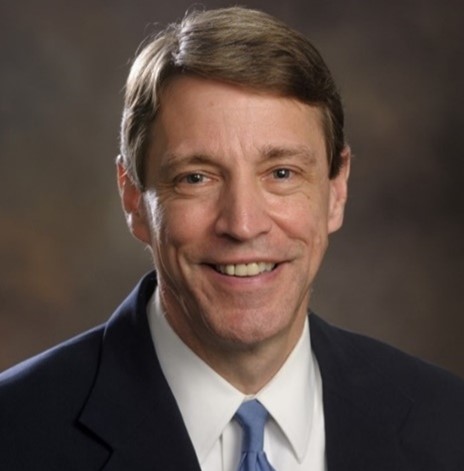The International Geosynthetics Society Technical Committee on Rein-forcement (TC-R) hosted its 1st GeoReinforcement Workshop 4 – 5 June 2018 in Munich, Germany and had 90 participants from all around the world.
This open event for researchers, designers, consultants, manufacturers, industry insiders and any interested group addressed considerations of technical consensus versus continuing technical needs, educational efforts, and potential publications.
The two day workshop allowed a lot of discussions in the following topics and the selected chairmen served as facilitators to foster discussion and interaction.
• Facings of Walls and Steep Slopes (Chair: Ian Fraser, United Kingdom)
• Use of Recycled and Amended Marginal Backfills in MSE and Reinforced Embankments/Slopes (Chair: John Sankey, USA)
• Design of Load-carrying MSE Bridge Abutments (Chair: Jorge Zornberg, USA)
• Reinforced Veneer Stability (Chair: Pietro Rimoldi, Italy)
PDF files of the presentations are available for the participants only and are distributed for most sessions already. Following are short summary of some sessions from the June 2018 IGS TC-Reinforcement Work-shop prepared by the session chairs – many thanks for their effort in organizing and finanlizing their session in this out standing way! The missing summary will be pre-pared for the next issues of IGS News.
Reported by
Gerhard Bräu, TC-R Chairman
Facing of Walls and Steep Slopes
Ian Fraser highlighted the importance of the performance of facings from the end user’s perspective. It was noted that, other than satisfactory performance of the required engineering function like soil retention and load bearing, the end user’s principle concern is the appearance of the structure which is almost entirely judged on the facing. Examples were shown of the variety of facing types available and illustrations of the choice of facing to suit application, environment and design life.
Reinforcement Loads and Facing Connection Capacity in Reinforced Soil Walls: Measured vs Predicted?
Richard J. Bathurst – GeoEngineering Centre at Queen’s-RMC, Canada
Richard Bathurst concentrated on modular block walls and polymeric geosynthetics and started by presenting a wide range of connection types available in the market and posed the question ‘Are connections and connection strengths really important?’ to which his answer was definitely yes. Methods for prediction of connection strength were presented and Richard Bathurst then focused significantly more time discussing actual connection strengths measured in both field and full scale laboratory situations, including face connection failures. Down-drag related to poor construction practice was cited. Methods and re-search in connection capacity testing were extensively dis-cussed leading to conclusion that connection capacity cannot be predicted in the absence of full-scale testing. Finally, Richard Bathurst addressed connection creep and associated research taking the view that creep calculated from the geosynthetic alone was generally a safe worst-case assumption.
Stress Conditions and Connection Requirements of Rein-forced Soil Block Walls including the German EBGEO Perspective
Lars Vollmert – BBG Bauberatung Geokunststoffe
Lars Vollmert reminded us of the need for both ULS and SLS design consideration and noted that most facing issues clearly fell under SLS. He then presented the effect that a range of facing types from rigid (eg full height panels) to flexible (eg wraparound) have on the stress conditions close to the face. There followed a discussion on the compar-ison of measured lateral stress near the facing compared with active earth pressure with the conclusion that the former is invariably much lower and that the consideration of active earth is effectively invalid. Lars Vollmert discussed the EBGEO approach to the calculation of earth pressure and then shared some measured stress data on both flexible and rigid facings. There was a consideration of geosynthetic stiffness in addition to facing stiffness and lastly Lars Vollmert suggested that reduced lateral stresses allows for simplified connections and construction techniques.
Incorporation of Connection Strength in the Design of Reinforced Soil Modular Block Walls including Seismic Con-siderations
Mike Dobie – Tensar International
Mike Dobie focused on modular block wall connections and stated clearly from the outset that connection type and strength was normally very important but was critical in seismic areas. Mike Dobie then demonstrated how the 2 Part Wedge design method could very effectively take account of connection strength in an “appropriate” way. He outlined a representation of the ‘envelope of available resistance’ for each reinforcement layer and described the importance of the hinge height of the facing and how this could be calculated. Mike Dobie then overlaid the seismic considerations and in particular demonstrated the critical situation developed under upward seismic acceleration. In conclusion Mike strongly advocated the adoption of the 2 Part Wedge design method.
Flexible Reinforced Soil Structure Facings and associated Design Considerations
Philippe Delmas – Conservatoire National des Arts et Métiers
Philippe Delmas provided many examples of successful flexibly faced soil structures of significant height (>20m) from around the world and illustrated a range of facing types. The importance of appropriate facing type selection and construction detailing was emphasised. The criticality of the correct construction procedures was also highlighted. It was clear that flexible facing structures had the advantage of visibility thereby providing an opportunity to learn via the observation of their behaviour over time. It was generally concluded that many of these structures had extremely well and some had significantly outperformed expectations in respect of facing deformation and durability.
Facing and Connection Considerations for Concrete Wall Systems
Yassine Bennani – Terre Armee
Yassine Bennani focused on concrete panel walls and he highlighted a range of connection types and design con-siderations including flexibility, strength and adequate drainage. In terms of flexibility the design, the capacity for any connection to accommodate, the contrast between potential down-drag due to infill settlement and the compressibility of the facing was discussed. Yassine Bennani emphasized the need to avoid such settlement via good construction practice but nevertheless design to accommodate was deemed prudent. In particular the design of suitable panel bearing pads was discussed together with potential adjustment of the reinforcement strip placement. Finally Yassine Bennani shared some panel connection capacity test procedures and results.
Impromptu Presentations
Four impromptu presentations were given. The first by Jay McKelvey (Earth Engineering Incorporated) discussed and reinforced soil and soil nailed hybrid face in a very visible location at the Pocono Raceway, USA. Colin Jones (Newcastle University) presented a case study from China which demonstrated some limitations of segmental block facings used with large structures if great care is not taken. Jorge Zornberg (University of Texas) discussed the distribution of facing connection loads with height and the settlement induced connection load failure pattern. Lastly Satish Naik (Best Geotechnics Pvt Ltd) shared his experience of constructing a 40m high reinforced soil slope in a remote location in India using a soil bag vegetated facing.
Discussion
Following the impromptu presentations there was a lively discussion for over 30 mins. Topics raised included stress conditions behind the face and in the fill, creep limited strength to the split of responsibility between the manufacturer, designer and the contractor and the consequent need for continuity. The importance of connection strength and flexibility, adequate drainage and good construction practice was emphasized. It was clear that it was key to adopt a holistic approach that matched the nature of the structure and facing to the available fill material, sophistication of the construction practices and application. So in summary, a range of tried and tested reliable solutions are available but they rely on making a number of the correct choices based on the individual circumstances – ‘horses for courses’.
Reported by
Ian Fraser, TCS Geotechnics
Use of Recycled and Amended Marginal Backfills in MSE and Reinforced Embankments/Slopes
The session was the second of the day presented during the IGS Reinforcement Workshop held in Munich, Germany on June 4 and 5, 2018. John Sankey of Terre Armee/Reinforced Earth chaired the session composed of 5 main presentations and 6 impromptu presentations. At the start, Chungsik Yoo of Sungkyunkwan University in Korea made a brief announcement on the forthcoming 11th International Conference on Geosynthetics to be held in Seoul, Korea between September 16 to 21, 2018.
John Sankey provided the first presentation of the session titled “Overview of Reinforced Structure Design, Applica-tions and Uses with Recycled and Amended Backfills”. The presentation first described the main components of MSE and reinforced fill embankments, followed by a more detailed listing of materials that have been considered for the main component, which is select backfill. Materials addressed included foundry sands, fly ash, bottom ash, recycled asphalt, recycled concrete, ferrous slag, recycled tires, lime amended soils, cement amended soils and others. The main considerations for use of recycled and amended backfills are their compatibility with the geosynthetic or steel reinforcement, strength characteristics and in place density. Simple use of recycled and amended backfills was also noted to not necessarily be an immediate determination of sustainability value depending on means used to process the materials and transportation requirements.
Chaido (Yuli) Doulala-Rigby of Tensar International Limited followed with a presentations titled “Use of Polymeric Geogrids in Structures with Non-Standard Reinforced Fills”. Her talk also gave a further history of MSE walls and embankments reinforced by geogrids. She followed with an overview of non-standard reinforced fills with selection criteria, design considerations and benefits indicated. Specific case studies were cited. Backfill materials addressed in the talk included pulverized fuel ash, landfill waste, chalk, expanded polystyrene, lightweight expanded clay ag-gregate.
The third presentation of the session was delivered by Robert Lozano of the Reinforced Earth Company on the subject of “Treated Marginal Soils in MSE Structures”. The talk first defined the basis of lime and cement treated marginal soil as using a soil stabilizer with a high pH environment that creates a pozzolonic reaction and results in a monolithic block. Specialized equipment is needed for preparation, which in itself must be considered with respect to the presence of reinforcements for MSE wall applications. The creation of a monolithic block makes for use of a wider range of marginal soils, but the MSE wall is less flexible and the high pH environment needs evaluated for reinforce-ment compatibility purposes. Attention needs to be paid to effects on wall fascia connections, environment, filtra-tion/drainage and long term repair needs.
Oliver Detert of Huesker Synthetic presented the fourth topic of the afternoon on “Construction and Long Term Experiences with Marginal Fill in GRS Walls”. The talk started with an overview of Geosynthetic Reinforced Soil (GRS) walls and the cautionary needs when using marginal backfills. A good listing of the physical definition of marginal fills was described including recycled materials, contaminated granular soils, cohesive soils and mixtures of the aforementioned. The challenges of marginal fill placement with cement treatment and compatibility in a GRS structure were then discussed. Focus was given to the issue of hydrolysis of PET reinforcements when using cement stabilization. The talk concluded with project applications.
The fifth and final full length presentation was delivered by Castorina Silva Vieira from the University of Porto on “Use of Mixed Construction & Demolition Recycled Materials in Geosynthetic Reinforced Structures”. A discussion was first given on the outlook of construction and demolition waste use prepared by the European Commission, which addresses growth, environmental consid-erations and generation. This then led to considerations of recycled construction and demolition waste in geosynthetic reinforced structures including GRS walls and embankments. Studies have been directed toward characterization of the waste, characterization of the geosynthetics used, characterization of interfaces and numerical modeling. Full scale research on GRS walls was addressed along with damage trials in embankments. The talk concluded with outcomes of physical and leachate generation evaluations.
After the main presentations were given, six (6) impromptu audience participation presentations were given as fol-lows:
• “Ground Improvement with Electro-Osmosis for Soil Nailing” by Colin Jones, Electrokinetic Ltd
• “Clay Fills – Comments on Drainage” by Michael Dobie, Tensar
• “Red Soil Backfill for Double-Sided MSE Walls” by Dandung Sri Harnianto, Geoforce Indonesia
• “Geosynthetics as Support for Tunnel Muck” by Guilia Lugli, Maccaferri
• “Reinforcement of Marginal Soils Using Geosynthetics with In-Plane Drainage Capabilities”, Jorge Zornberg, University of Texas
• “A GRS Wall Failure” by Chungsik Yoo of Sungkyunkwan University
Two to three questions were taken from the audience for each of the full length presentations and impromptu presen-tations. In the last 20 minutes of the session, the main presenters were asked to the stage to answer further questions from the audience in round table fashion. The session was concluded with thanks to the presenters and audience.
Reported by
John Sankey, Terre Armee/Reinforced Earth
Reinforced Veneer Stability
The fourth session of the GeoReinforcement Workshop took place in the afternoon of 5th June 2018, for discussing the topic “Reinforced Veneer Stability”.
The Session Chairman, Pietro Rimoldi, introduced this session by explaining that the topic was different from previous sessions, which were dealing with reinforced soil walls (RSW); in fact, RSW foundation is horizontal, the stability depends mainly on the horizontal soil thrust, and different failure mechanisms may occur with many potential failure surfaces; while reinforced veneers stay on an inclined plane and the failure occurs only by sliding along the inclined plane; the reinforcing geosynthetic, placed below the veneer soil at the interface with the failure plane, can provide the required tensile forces only if it is properly anchored at the top of the slope.
Anyway veneer stability is equally challenging as wall stability, and it may even require much stronger reinforcement, as shown in the following comparison example:
Hence the economical value of the reinforcement required for a veneer can be even higher than for a RSW.
Therefore the topic of reinforced veneer stability has been addressed through five invited presentations, followed by extensive discussion with the audience.
The first presentation was delivered by George Koerner (Geosynthetic Institute) on “General approach to veneer stability, testing and monitoring”:
• the basic principles of veneer stability were intro-duced, with the distinction between the stabilizing and destabilizing forces acting on the veneer block, which is usually divided in two parts: the top part which is prone to sliding down due the self weight of the soil veneer and other loads; the bottom part, which is buttressing against the top part and provide resistance to sliding by friction and passive resistance;
• stability analyses require: proper testing of the friction properties at the interface between the veneer soil and the inclined surface, often made up of a geomembrane or another low friction material; wide width tensile tests on the reinforcing geosynthetics, pullout and connection tests for designing the top anchorage;
• the presence of water in the veneer soil, due to rainfall and/or runoff from upstream, can dramatically reduce the Factor of Safety of the veneer: hence water shall be properly drained and/or considered in stability analyses;
• the consequences of a veneer failure may be dramatic for persons and constructions downstream, hence a proper monitoring program should always be designed, where both conventional and recent instrumentation (like Lidar) can be employed for surveying of the surface displacements and early alerts.
The second presentation was delivered by Jorge G. Zornberg (The University of Texas at Austin) on “Selection of design alternatives for water and seismic actions on reinforced veneer stability”:
• There are few design alternatives for steep veneer slopes:
o Unreinforced veneer
o Uniaxial reinforcements along the slope
o Fiber reinforcement
o Uniaxial reinforcements placed horizontally
• Design shall consider extreme loadings:
o Seismic loads
o Seepage conditions
• Preliminary design consideration can be drawn by focusing on infinite slope configuration, and with the con-sistent definition of the Factor of Safety (FS): FS = (Available soil shear strength) / (Soil shear stress required for equilibrium)
• Final Remarks:
o Innovative approaches have been recently implemented involving the use of reinforcements in landfill and mining projects
o Care shall be used, when comparing alternatives, about the definition of the Factor of
o Safety
o Seepage forces and seismic loads can be accounted for using approaches similar to those used for un-reinforced slope analysis
o Solutions are available for analysis of unreinforced, slope parallel‐reinforced,
o horizontally‐reinforced, and fiber‐reinforced veneers
o Increased total height (or length) of the slope does not affect detrimentally the efficiency of horizontally‐reinforced and fiber‐reinforced slopes
o Solutions for analysis of reinforced veneers can easily incorporate the effect of seepage forces and seismic loads
o The yield acceleration used in displacement based seismic evaluations is significantly increased with the use of reinforcement
o Excellent field performance has been reported in recent case histories.
The third presentation was delivered by Jay McKelvey (Earth Engineering Inc.) on “Effects of equipment on veneer stability”:
• The stability of the veneer is heavily influenced by the movement of equipment up and down the slope;
• Based on Giroud and Beech (1989) analytical approach for the two-wedge analysis, it is possible to introduce equipment loads in the stability equations, both for tracked equipment, rubber tire equipment, and compaction equipment;
• Dynamic loads produced by acceleration and deceleration of equipment can be introduced as well in stability equations;
• It is possible to design a taper cover soil, rather than a constant thickness veneer, to reduce the loads.
The fourth presentation was delivered by Pietro Rimoldi (Consultant) on ”Semi-probabilistic approach to veneer sta-bility according to EuroCodes”:
• The existing methods for veneer stability (like Koerner and Soong, 1998) can be revised and adapted to the semi-probabilistic method in Ultimate Limit State (ULS) conditions, according to EuroCodes.
• In the semi-probabilistic approach in Ultimate Limit State (ULS) conditions, according to EuroCodes, loads are amplified by Amplification Factors, while resistances are reduced by Reduction Factors. The analysis of forces in the free body diagrams of the active and passive wedges allows to calculate the active and passive inter-wedge forces, Ea and Ep. The stability check is satisfied if: FS = (Ep / Ea) ≥ γR where FS is the Factor of Safety and γR is the partial factor R1 or R2 required by the EuroCode norms for sliding analysis.
• Design equations for calculating FS have been derived for the following conditions:
o Only gravitational forces in static conditions
o Veneer reinforcement with high strength geosynthetics
o Tracked construction equipment forces
o Seismic forces
o Horizontal seepage buildup and parallel-to-slope seepage buildup;
• The stability of the veneer cover shall be analyzed in the following Ultimate Limit State (ULS) conditions:
o At the end of veneer construction, with equipment moving down the slope, in static conditions, without seismic actions nor seepage forces applied; being a short term analysis, if reinforcement is used, the Reduction Factors for creep, chemical and biological damageshall be set equal to 1.0.
o At the end of the design life, in static conditions, without seismic actions but with seepage forces ap-plied, either for horizontal seepage buildup or parallel-to-slope seepage buildup; being a long term anal-ysis, if reinforcement is used, all the Reduction Factors (for installation damage, creep, chemical and biological damage) shall be applied.
o At the end of the design life, in seismic conditions, with seismic actions and seepage forces applied, either for horizontal seepage buildup or parallel-to-slope seepage buildup; the vertical seismic accelera-tion shall be considered both as downward (+Kv) and upward (-Kv), while the horizontal seismic accel-eration shall always be considered as outward; being a long term analysis in seismic conditions, if rein-forcement is used, the Reduction Factors for installation damage, chemical and biological damage shall be applied, while the Reduction Factor for creep shall be set equal to 1.0.
• A practical example of stability calculations according to Eurocodes have been shown.
The fifth presentation was delivered by Felix Jacobs (IGB Ingenieurgesellschaft mbH, Kiel) on “EBGEO approach to veneer stability”:
• The topic discussed here is the specifically the resistance of anchor trenches at the top of the veneer slope;
• The proof of anchorage is: Effect of actions from slope ED ≤ Resistance of anchor trench RD
• The EBGEO 2010 / 2011 approach requires an interaction model for the resistance of anchor trenches, devel-oped using pullout tests, model tests and instrumented field tests; moreover, the tensile stiffness of reinforce-ment, geogrid junction strength, and serviceability limit states have been considered;
• The possible design approaches include the detailed model and the modified EBGEO 2010 / 2011 approach;
• The Model Factor value has been validated for various geogrid types.
The five presentations were followed by a long and interesting discussion, where the presenters and all the audience debated about several specific topics, including the best way of testing the friction properties at the interface below the veneer (direct shear test and inclined plane test were compared), the influence of water and equipment on sta-bility, how to consider the seismic action and the seismic displacements.
The interest and attention gained by this topic at the GeoReinforcement Workshop has shown that reinforced veneer stability deserves research and developments by the geosynthetics technical community.
Reported by
Pietro Rimoldi, Session Chairman




